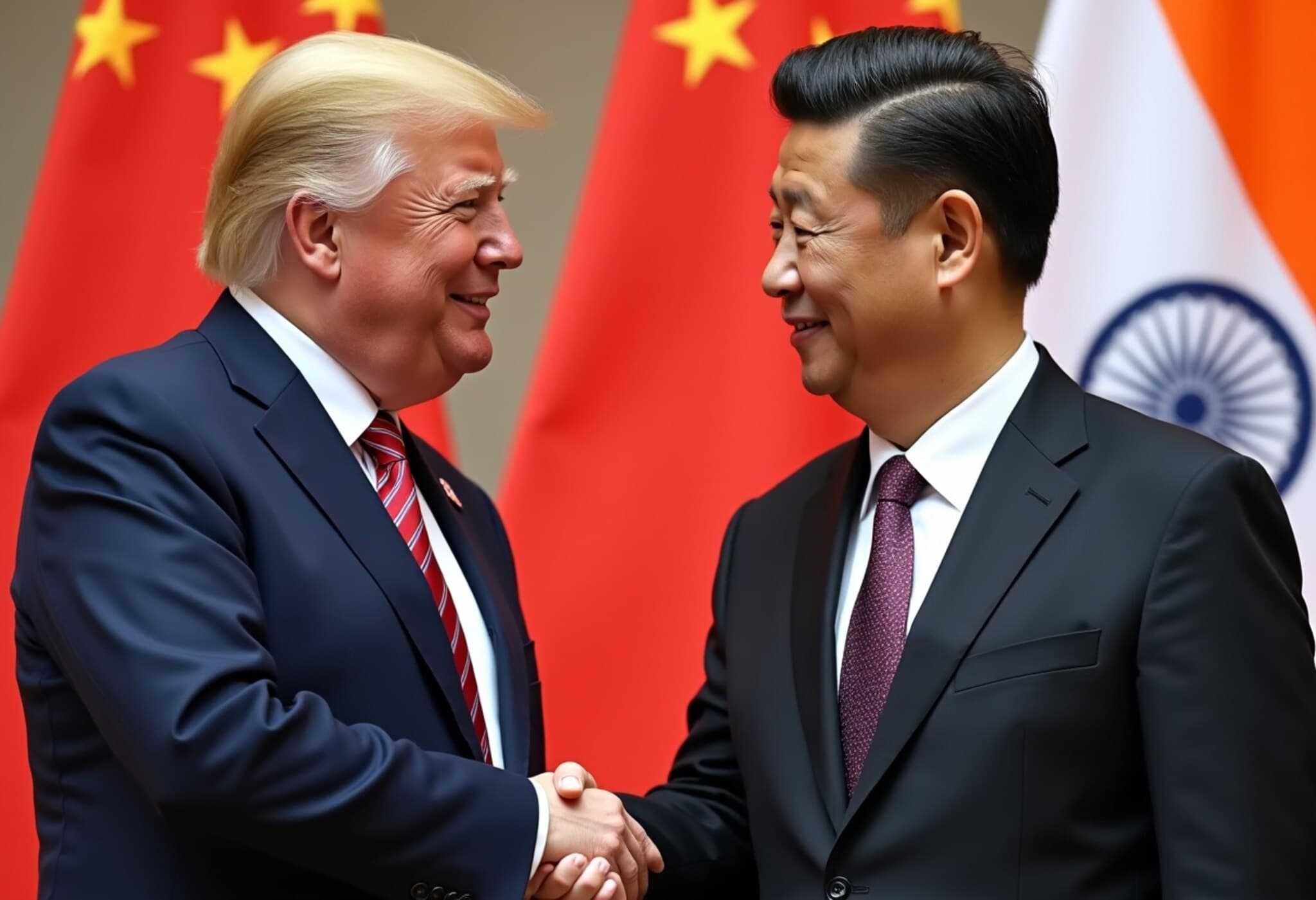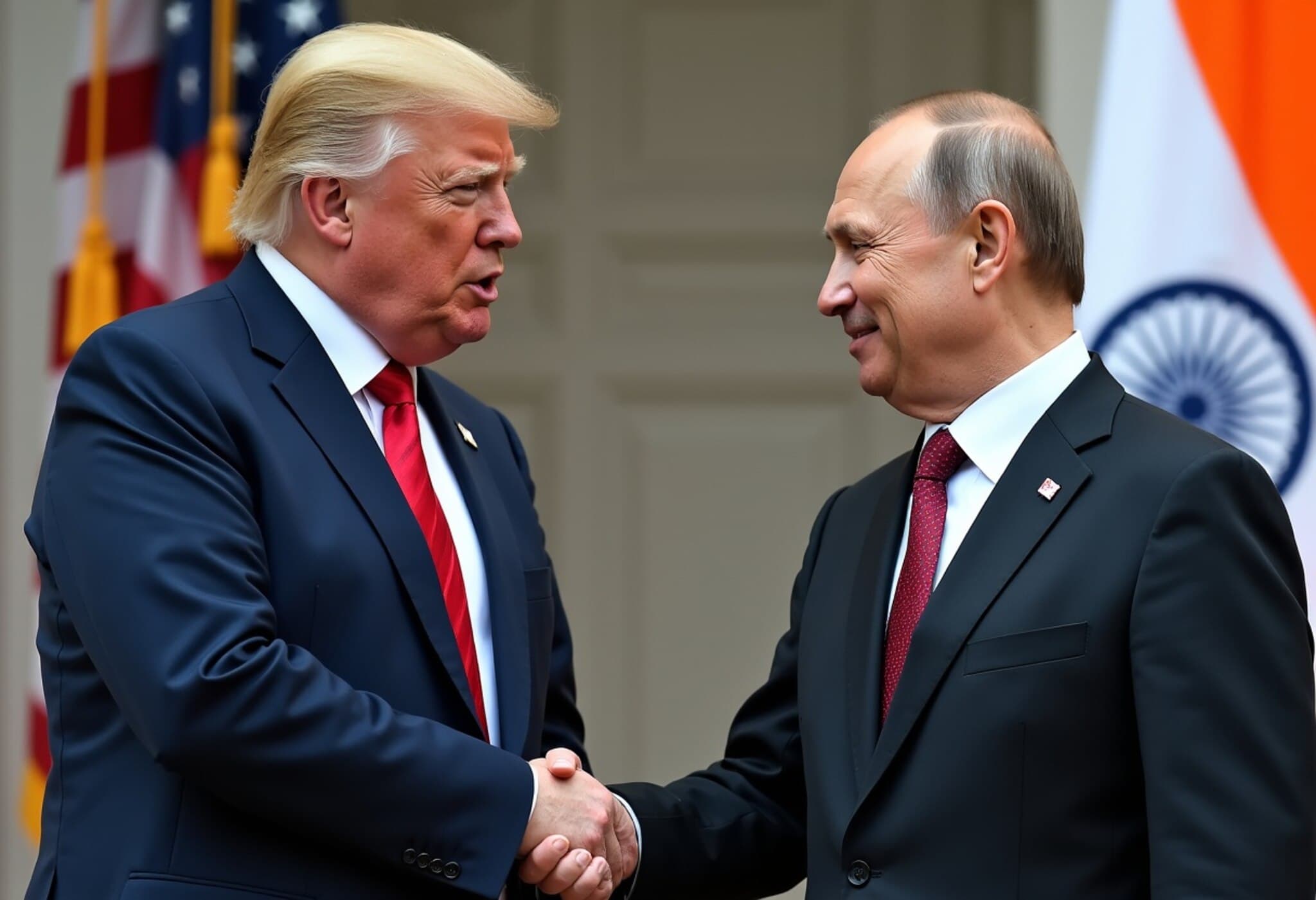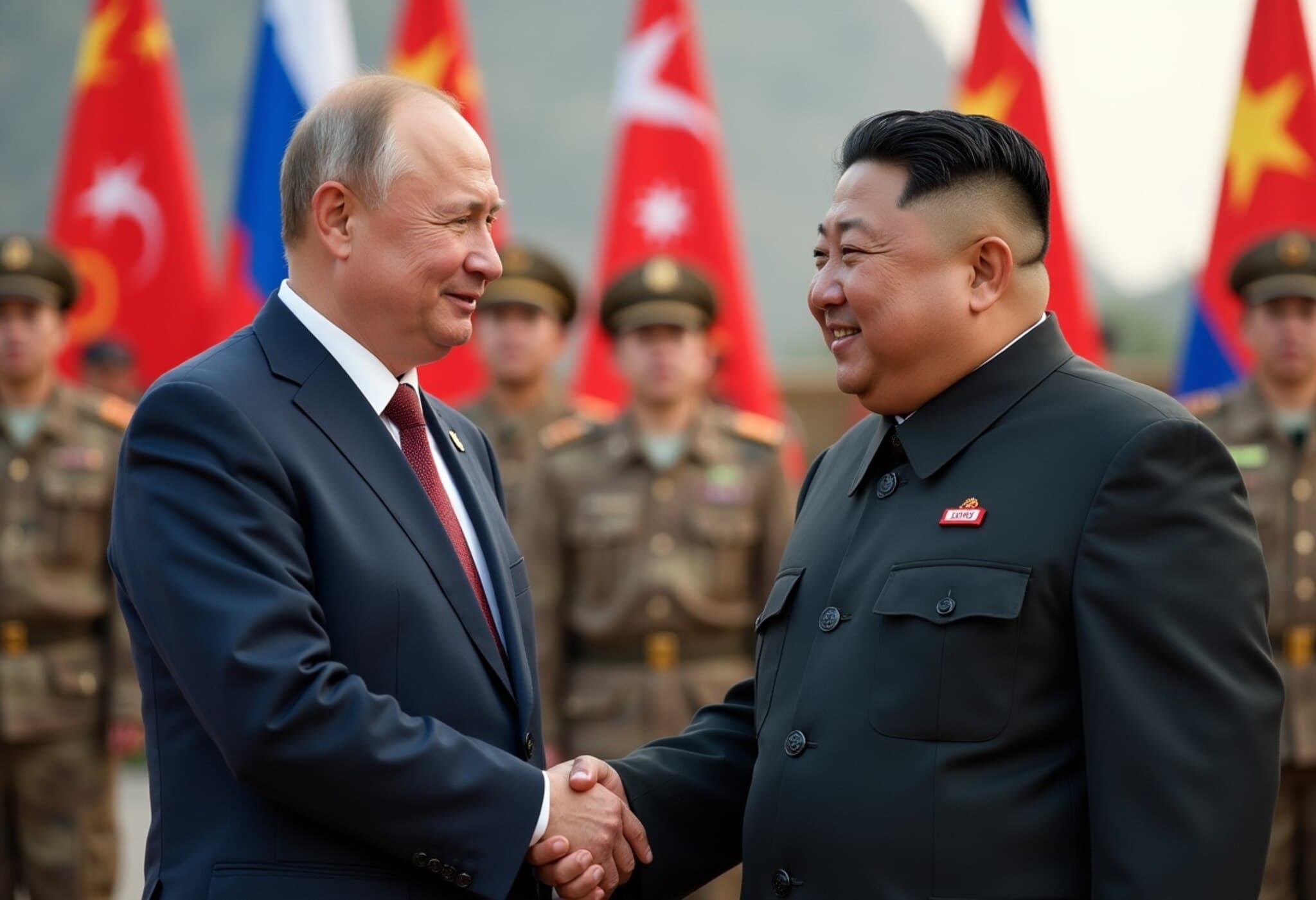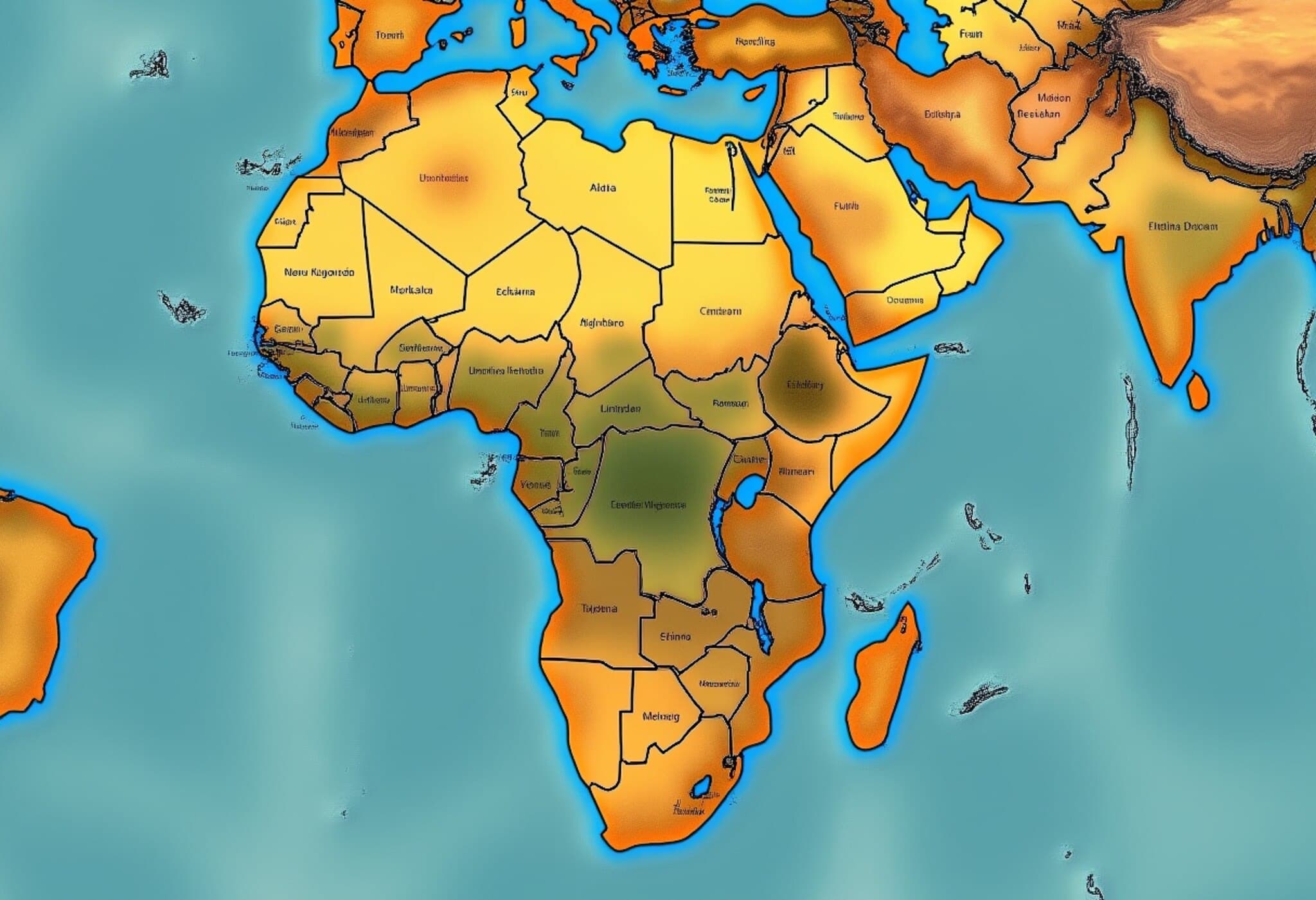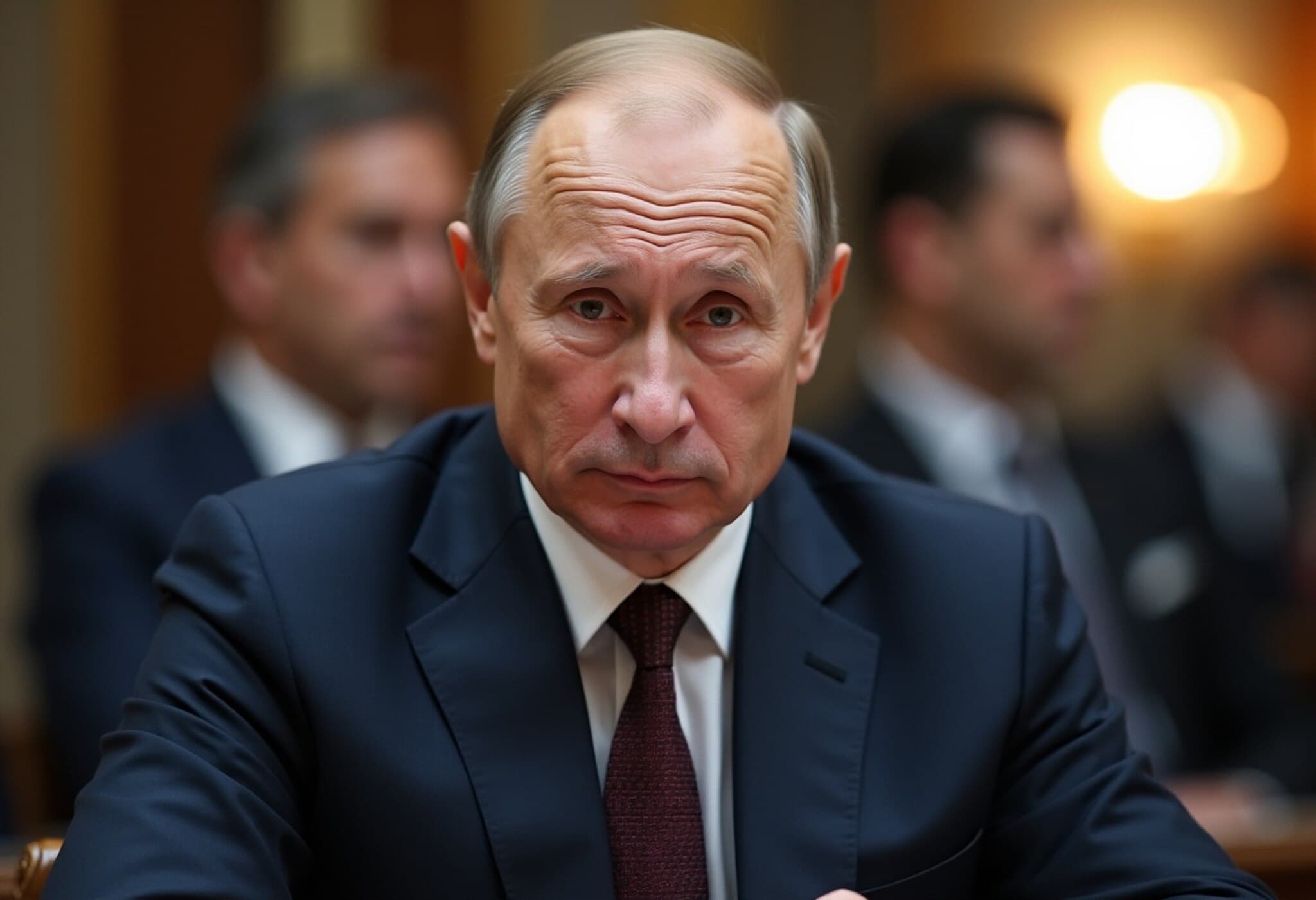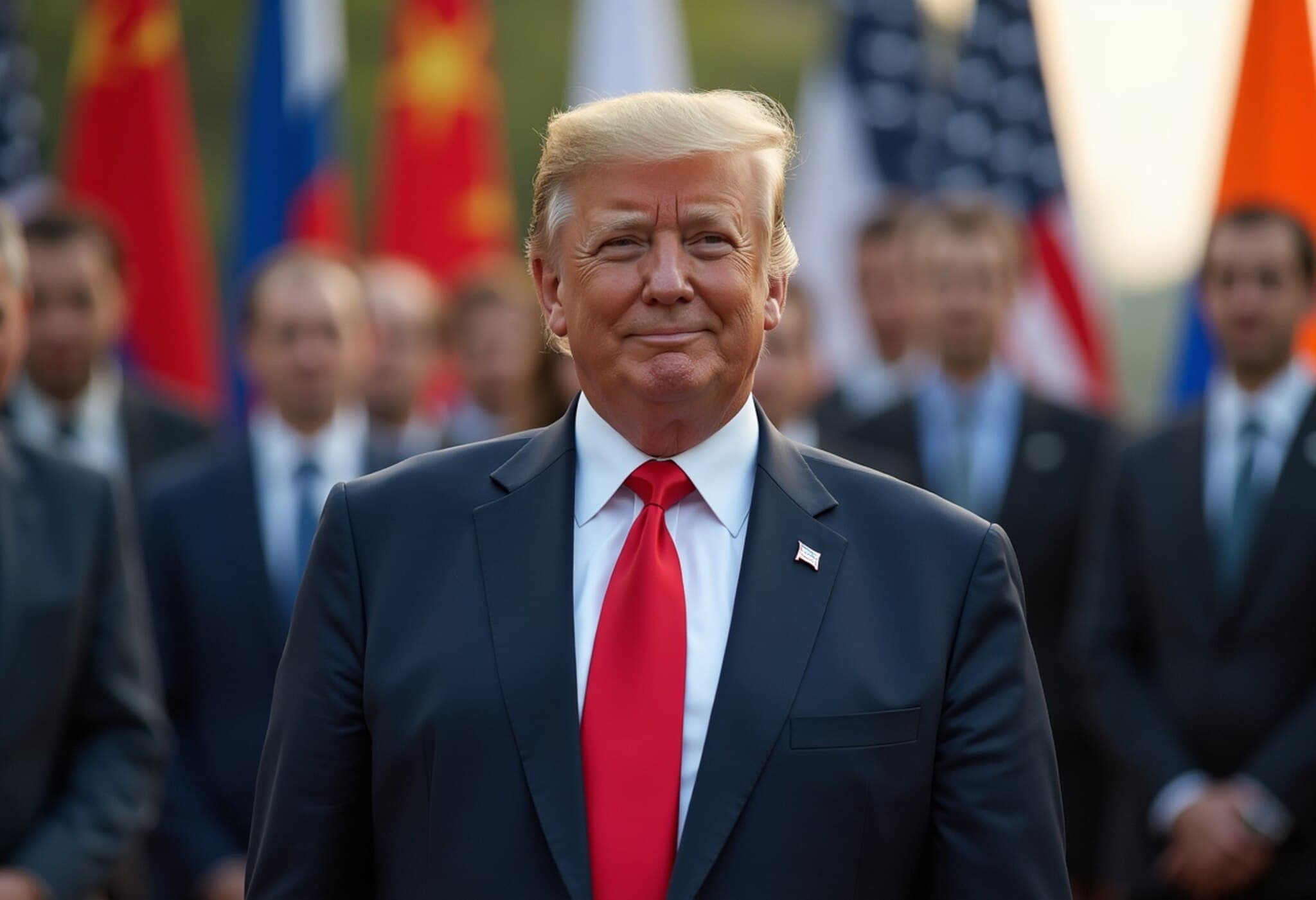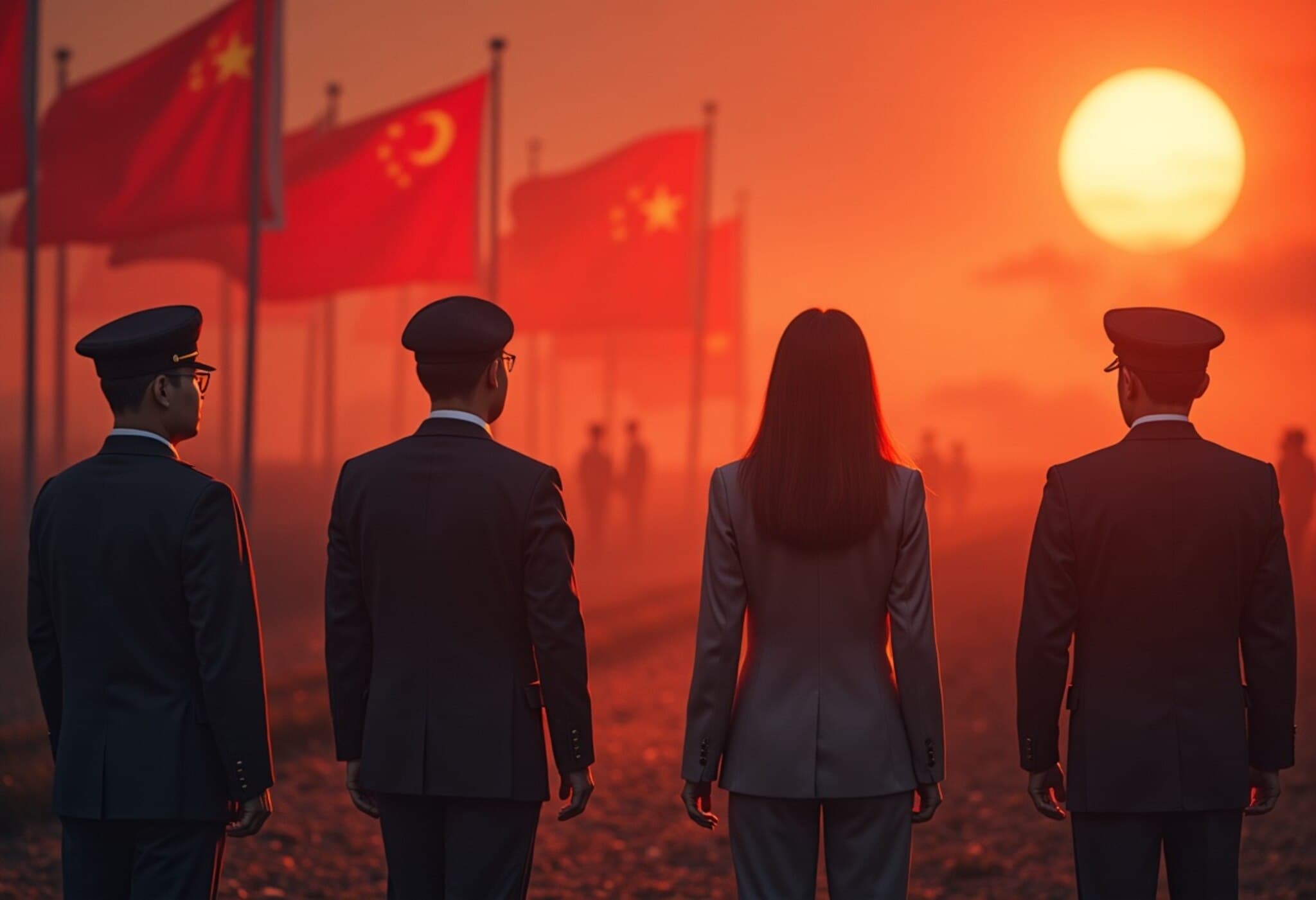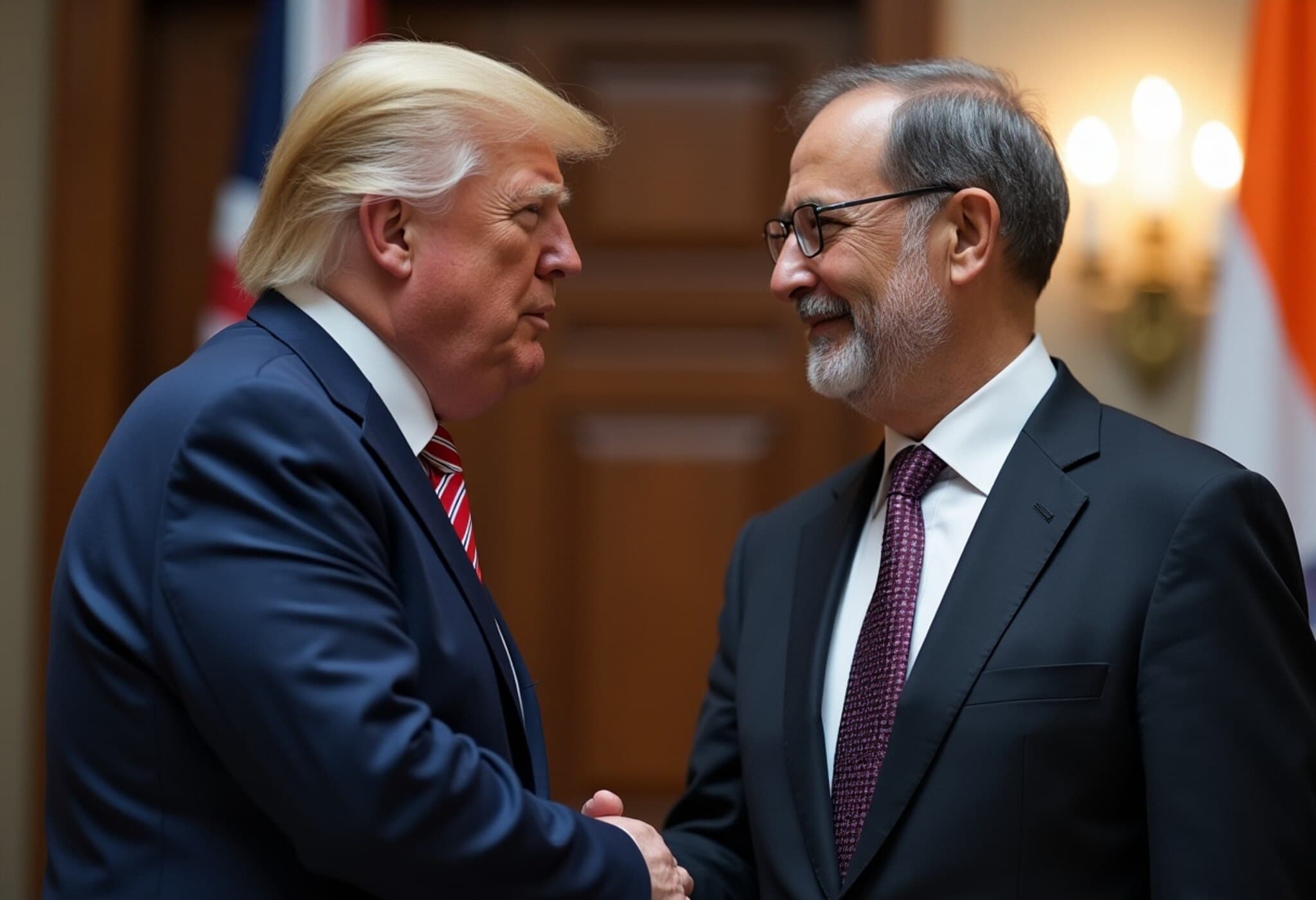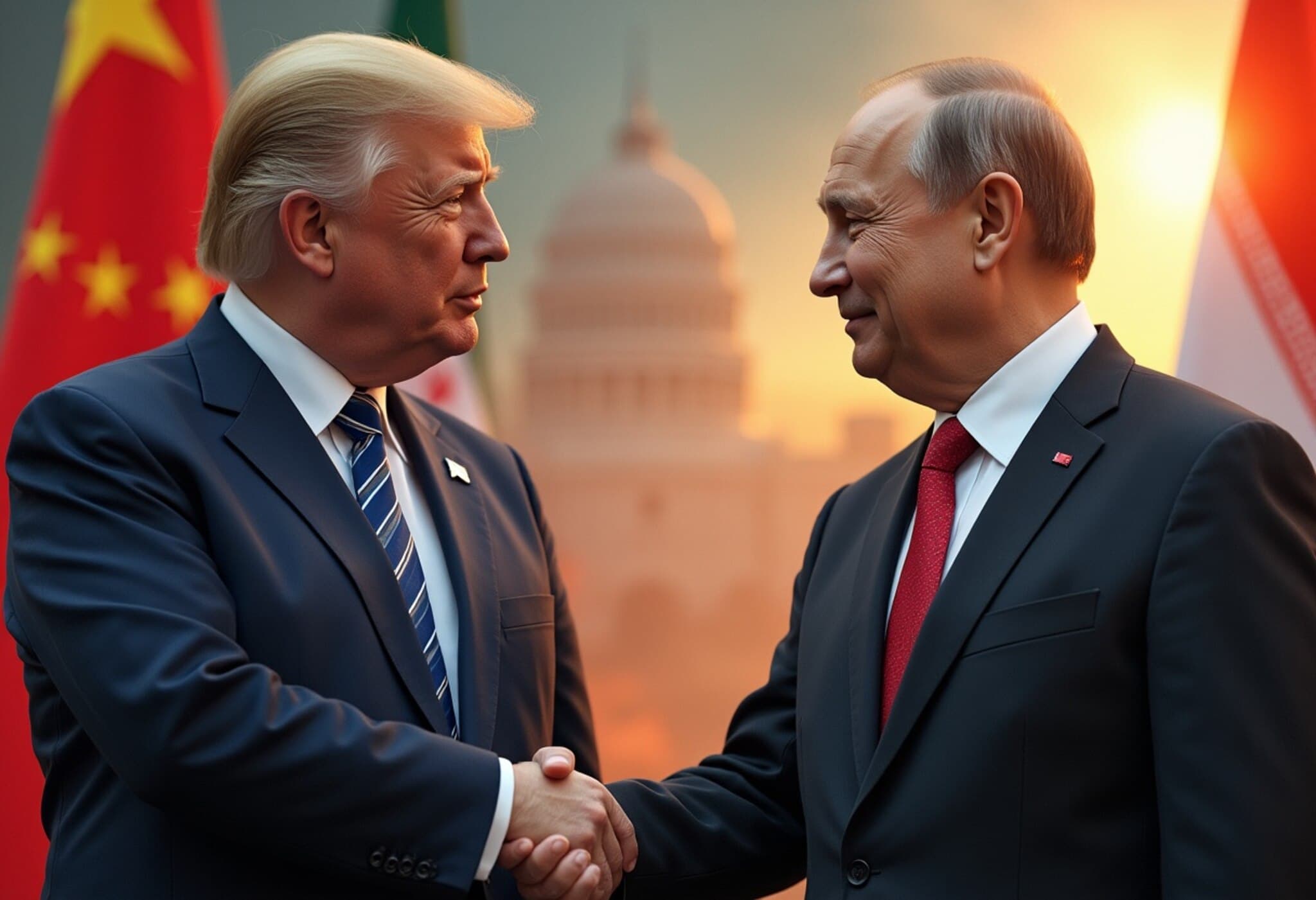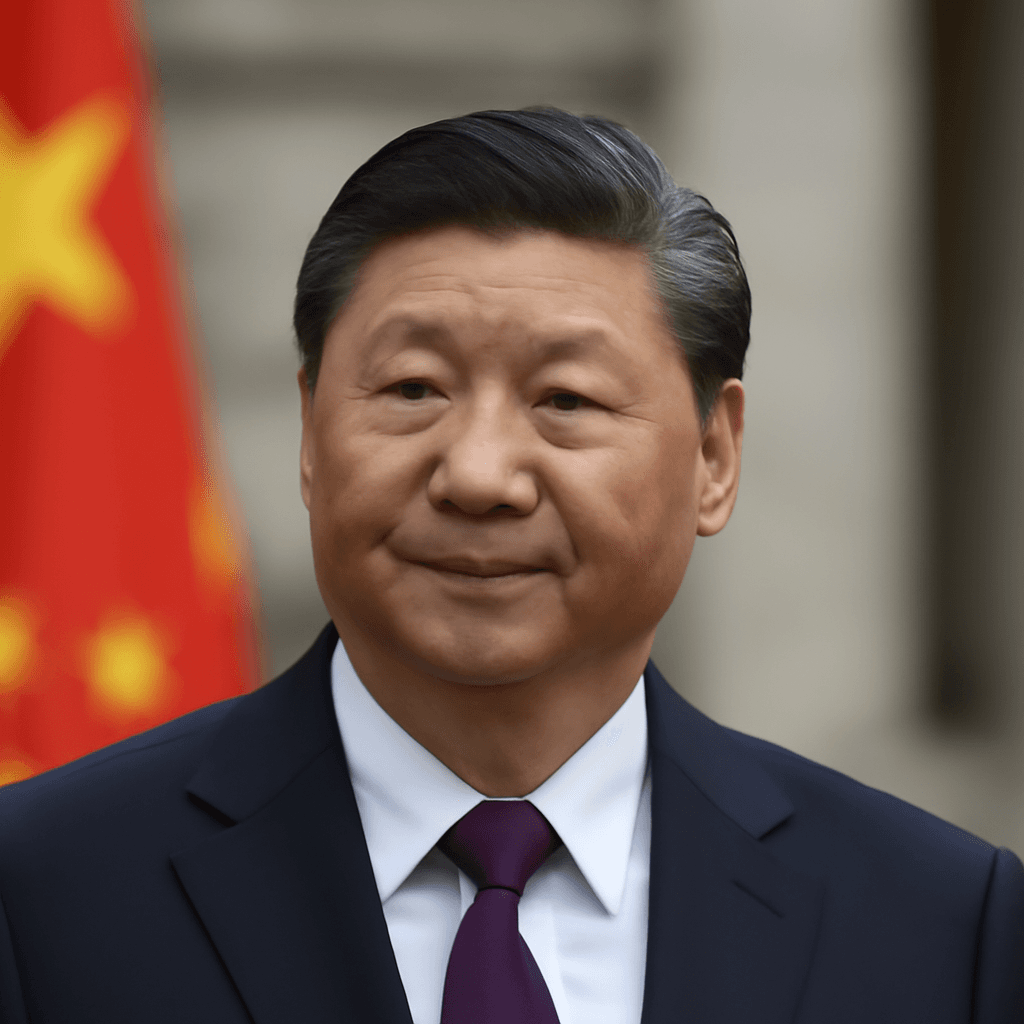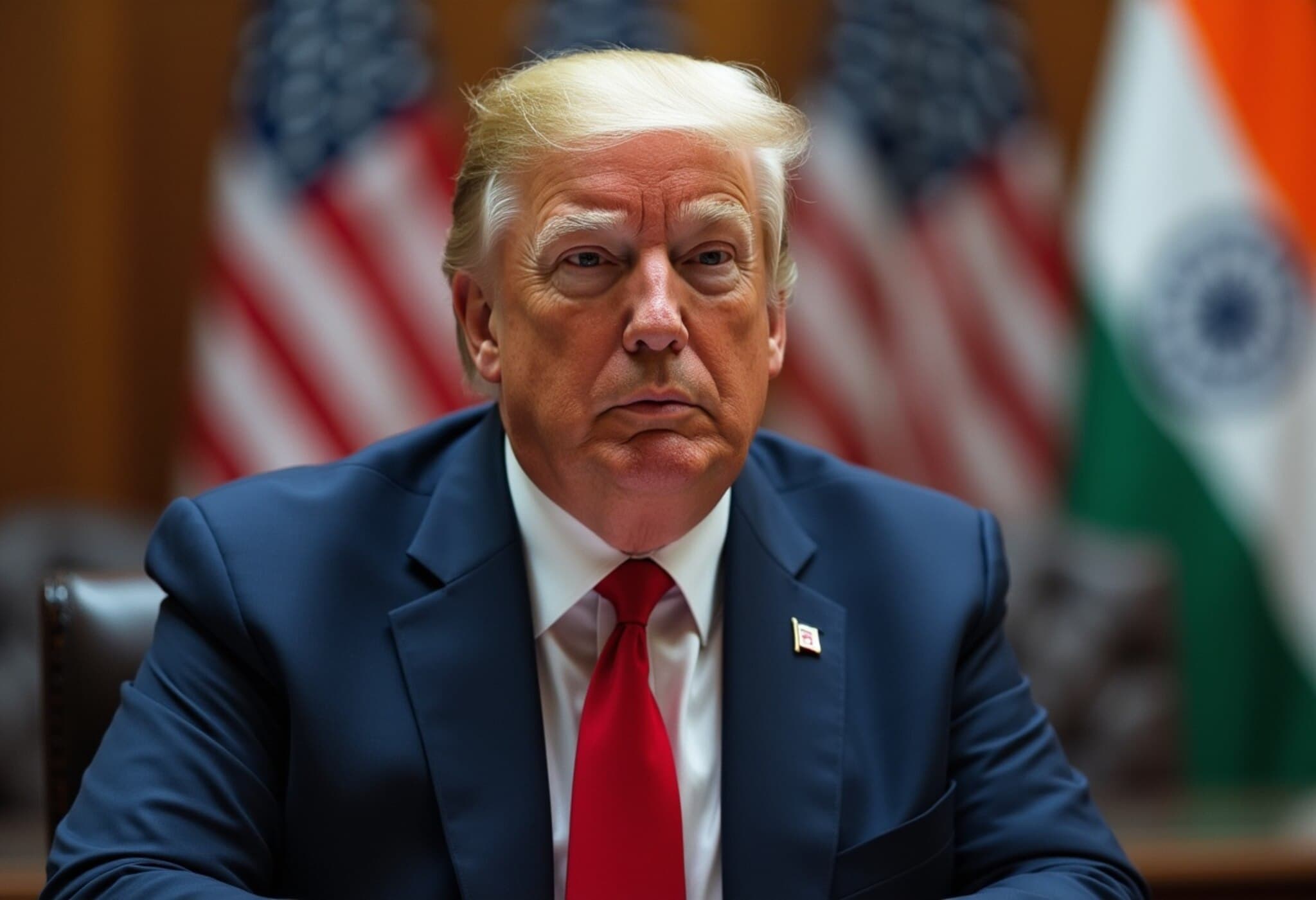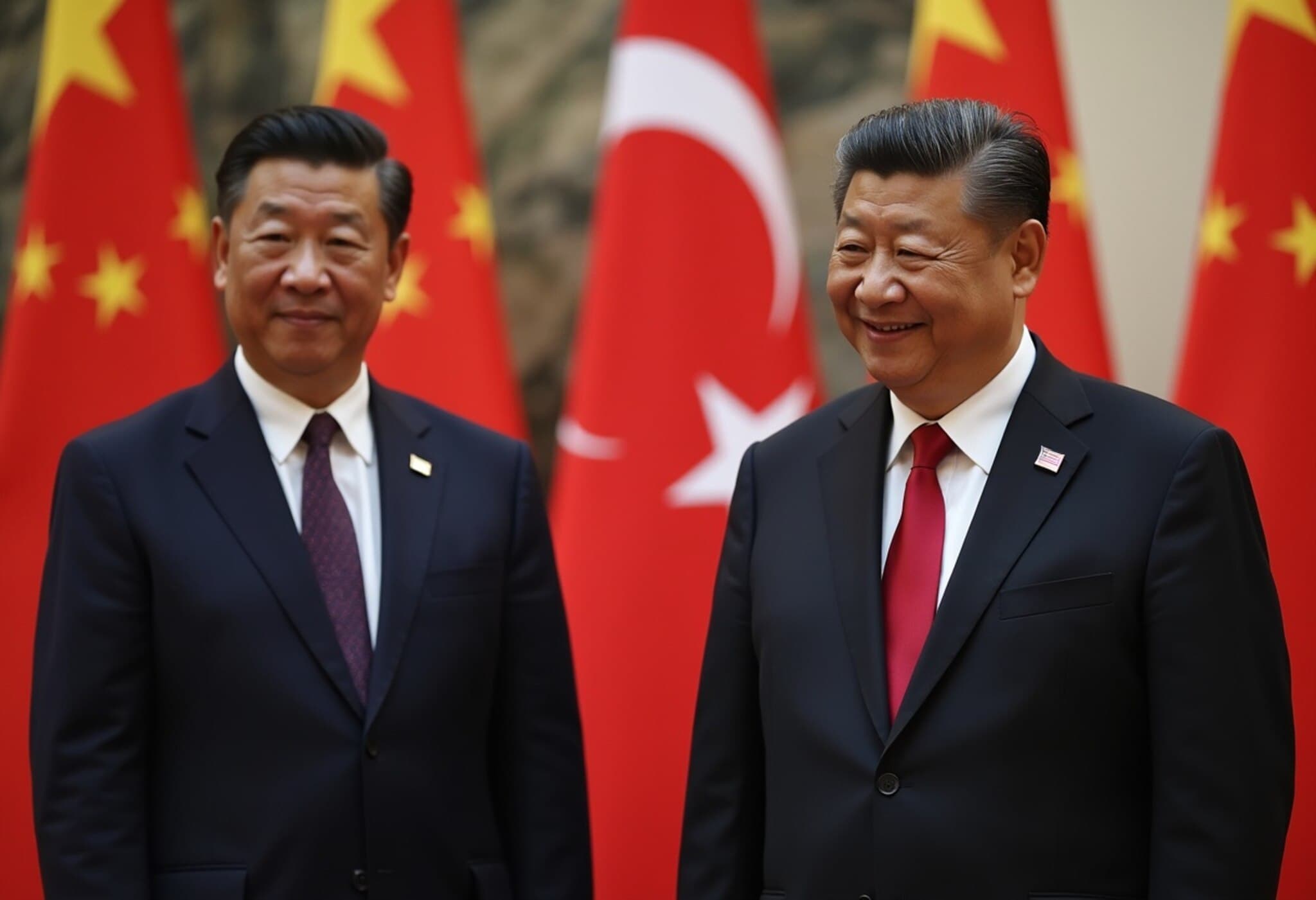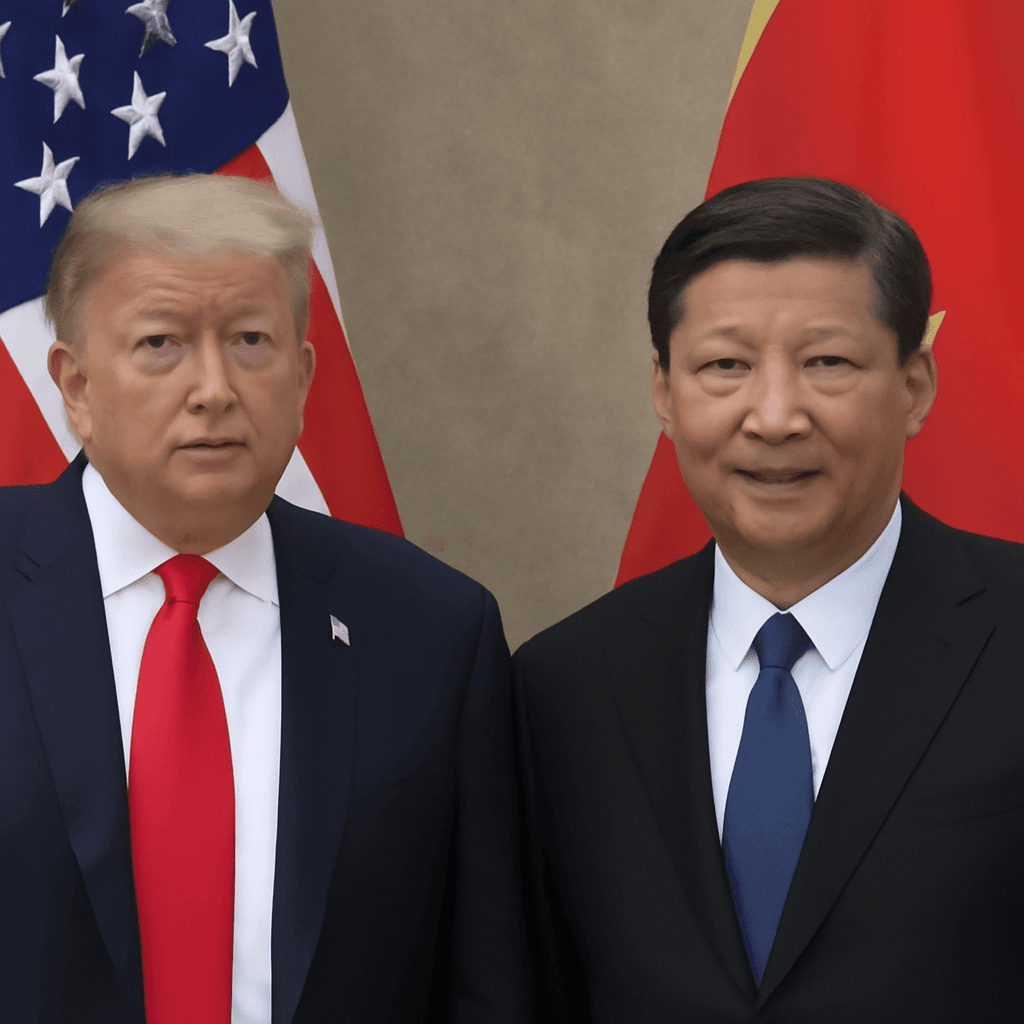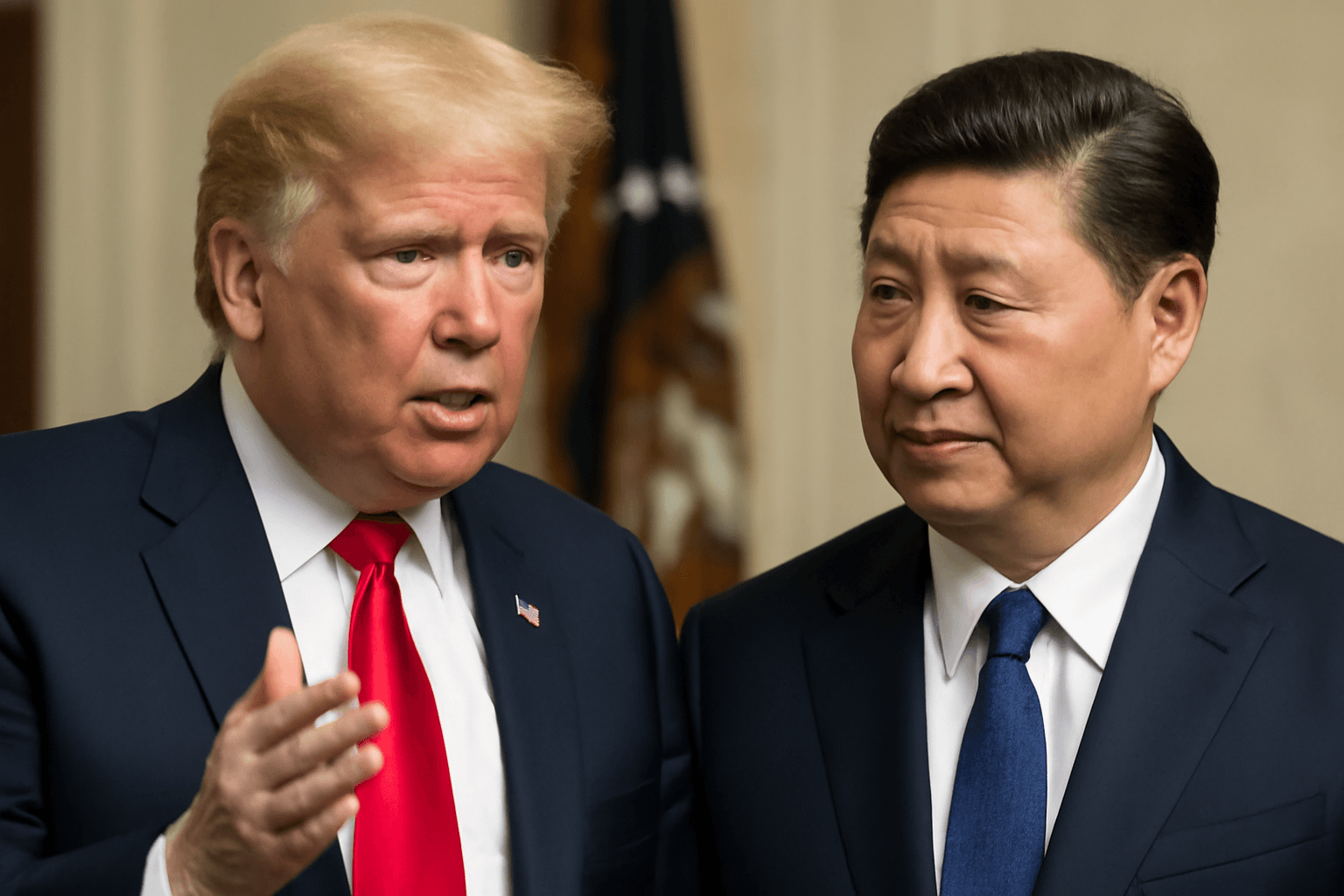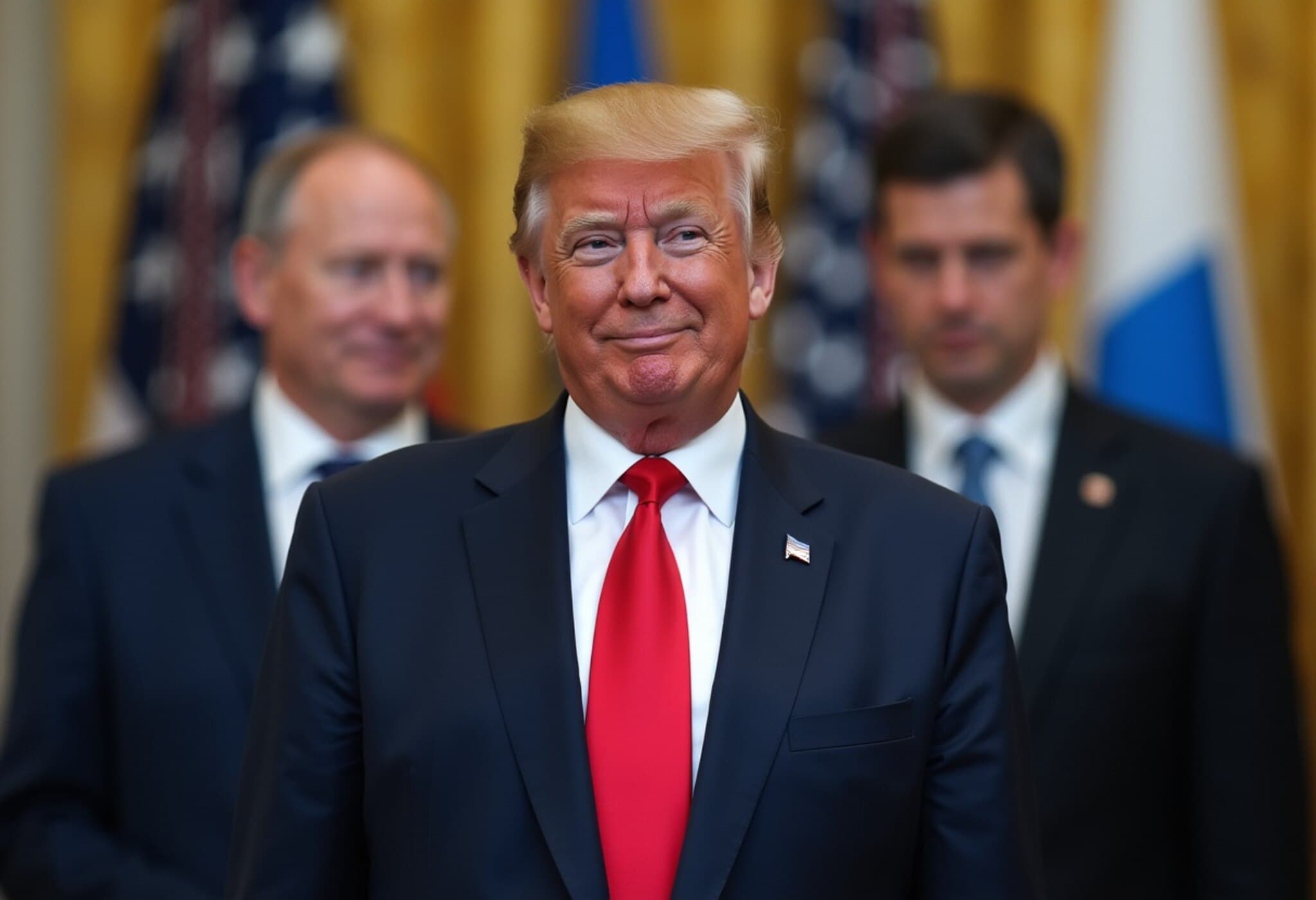India's Diplomatic Tightrope Between Trump and Xi
In today’s turbulent geopolitical landscape, India finds itself deftly balancing between two formidable global leaders: former U.S. President Donald Trump and Chinese President Xi Jinping. Each symbolizes a distinct leadership style and political order, testing India's capacity to maintain strategic autonomy amid mounting global pressures.
Contrasting Titans: Trump’s Disruptive Impulse vs. Xi’s Methodical Resolve
President Donald Trump and President Xi Jinping are emblematic of two divergent leadership archetypes that dominate world affairs. Where Trump’s approach often resembled a wrecking ball—interrupting established norms with raucous, sometimes unpredictable moves—Xi’s leadership evokes a granite mountain: steady, immovable, and deeply strategic.
Trump's leadership, rooted in a vibrant democracy with checks and balances, leans heavily on personal charisma and media-driven spectacle, wielding confrontation as a tool to galvanize supporters and assert dominance. His adamance is immediate, emotional, and often rooted in identity politics.
By contrast, Xi operates within a one-party authoritarian framework, emphasizing systematic control and long-term national goals like China’s ‘national rejuvenation’. His steadfastness is institutional, calculated, and enforced through centralized power – from constitutional changes removing term limits to strict censorship policies.
India’s Diplomatic Challenge: Resilience and Adaptability
Navigating relations with these two poles requires India to be as flexible as bamboo, bending without breaking amid fierce winds. The border tensions with China remain an acute flashpoint, underscored by Beijing’s strategic use of trade policies such as rare earth export restrictions. India faces the delicate task of engaging China without provoking escalation while deciphering subtle policy signals instead of overt declarations.
On the other hand, aligning with the U.S. under Trump presented its own complexities. The “America First” doctrine heralded abrupt tariff hikes and unpredictable shifts, threatening India’s longstanding autonomy in foreign policy decisions and economic relations. India’s diplomacy had to carefully manage partnership benefits while avoiding entanglement in polarizing America-centric policies.
Strategic Autonomy: India’s Core Objective
The true art of India’s foreign policy today lies not in choosing sides but in preserving strategic autonomy. This means balancing historical ties, economic interests, and ideological affinities with neither superpower to the exclusion of the other.
- With China: India must employ patient diplomacy, manage border disputes delicately, and safeguard technology and trade interests.
- With the U.S.: Maintaining defense cooperation and technological access requires navigating fluctuating political landscapes and ensuring mutual respect.
In this realpolitik dance, India’s resilience echoes the bamboo’s qualities—deeply rooted and profoundly adaptable—providing a model for middle powers seeking to assert sovereignty amid great power rivalries.
Expert Insight: Beyond Power Politics
Experts suggest this balancing act by India also serves as a blueprint for other emerging nations caught between competing ambitions of global giants. It highlights the importance of nuanced diplomacy, where emotional intelligence and long-term vision must coexist with tactical pragmatism.
Furthermore, India’s approach challenges traditional binary alignments prevalent in Cold War-era geopolitics, signaling a new era where influence is negotiated through subtlety, economic agility, and cultural diplomacy.
Looking Ahead: India’s Quiet Impact on Global Order
The current dynamic involving Trump’s America and Xi’s China is not merely a contest of personalities. It reveals broader systemic contrasts in governance, strategy, and worldviews. India’s role, often underreported in this dialogue, transcends reactive positioning; it actively shapes a multipolar world order.
India’s strategic choices—rooted in its democratic values, economic ambitions, and regional leadership aspirations—may well define the contours of 21st-century geopolitics. As global pressures mount, the world watches how India maintains balance without sacrifice, embodying resilience and vision.
India’s navigation between Trump's disruptive America and Xi’s unyielding China underscores the complexity of modern geopolitics. Beyond mere alignment, it prompts critical reflection on how emerging powers can sustain autonomy amid asymmetric pressures. Readers are encouraged to consider: Can India’s bamboo-like flexibility become a global model for strategic resilience? How will this balancing act influence alliances and economic partnerships in the years ahead?

